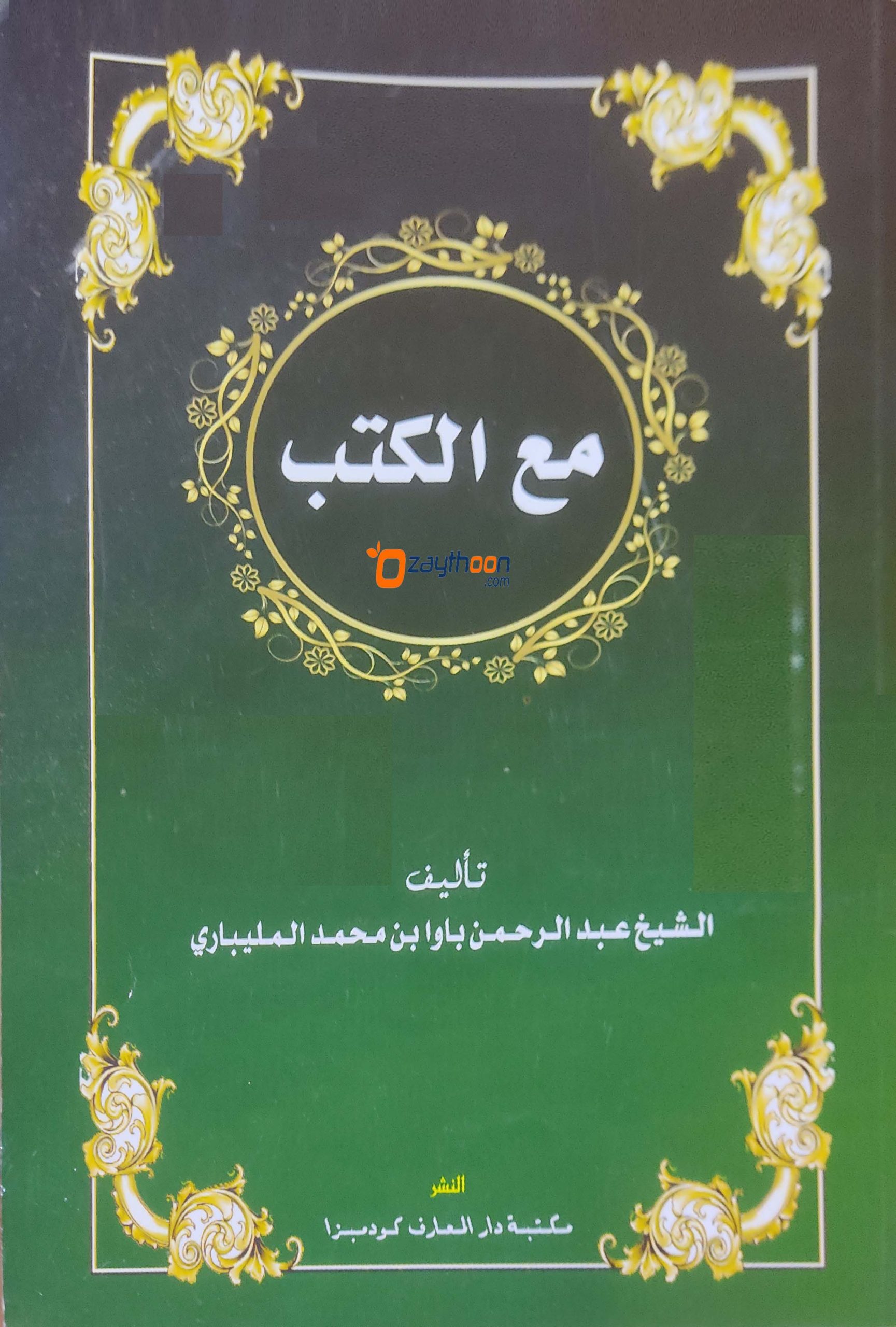Maal 49 refers to a specific term that holds significant importance in Islamic financial concepts and charitable practices. It is a term that often appears in discussions about Islamic economics, zakat, and wealth management. Understanding the concept of Maal 49 can provide clarity on how wealth is categorized and managed in accordance with Islamic principles.
In today's world, where financial literacy is crucial, understanding Maal 49 becomes even more relevant. This article will explore the concept in detail, ensuring that readers gain a comprehensive understanding of its implications and applications. Whether you are a financial advisor, a student, or someone interested in Islamic finance, this guide will offer valuable insights.
Throughout this article, we will delve into various aspects of Maal 49, including its definition, classification, and practical applications. We aim to provide a resource that is not only informative but also actionable, helping individuals navigate the complexities of Islamic financial principles.
Read also:Why Mkv Movies Are The Preferred Format For Movie Enthusiasts
Understanding Maal 49: A Brief Overview
Maal 49 is a term used in Islamic finance to describe a specific category of wealth that is subject to zakat. It is derived from the classification of assets and their eligibility for zakat calculations. This section will provide a foundational understanding of Maal 49 and its relevance in modern financial practices.
Maal, in general, refers to wealth or property that is owned by an individual. The number 49 signifies a threshold or classification that determines the applicability of zakat. By understanding this concept, individuals can ensure compliance with Islamic financial obligations and contribute to societal welfare.
Key Characteristics of Maal 49
- Eligibility for Zakat: Maal 49 assets must meet specific criteria to be eligible for zakat.
- Nisab Requirement: The value of Maal 49 must exceed a certain threshold, known as Nisab, to qualify for zakat.
- Hawl Period: Assets must be held for a complete lunar year (Hawl) to be considered for zakat.
Historical Context of Maal 49
The concept of Maal 49 has deep historical roots in Islamic teachings. It is derived from the principles laid out in the Quran and Hadith, emphasizing the importance of wealth distribution and social responsibility. This section will explore the historical background of Maal 49 and its evolution over time.
Significance in Early Islamic Society
In early Islamic society, Maal 49 played a crucial role in ensuring economic justice and equity. The principles of zakat were established to address the needs of the less fortunate and promote a balanced society. By adhering to these principles, communities were able to thrive and support one another.
Classification of Maal 49
Maal 49 is classified into various categories based on its nature and usage. Understanding these classifications is essential for accurate zakat calculations. This section will outline the different types of Maal 49 and their respective requirements.
- Maal Nami: Assets that increase in value over time, such as livestock.
- Maal Thaman: Assets that hold intrinsic value, such as gold and silver.
- Maal Tijari: Assets used for trade and commerce.
Practical Applications of Maal 49
Maal 49 has practical applications in both personal and business settings. Individuals and organizations can benefit from understanding how to calculate and allocate zakat based on Maal 49 principles. This section will provide examples and case studies to illustrate these applications.
Read also:Amy Fleming Love Interest A Comprehensive Look Into Her Romantic Life
Calculating Zakat for Maal 49
Calculating zakat for Maal 49 involves determining the value of eligible assets and applying the appropriate percentage. The following steps can guide you through the process:
- Identify eligible assets that fall under Maal 49.
- Calculate the total value of these assets.
- Apply the zakat percentage (typically 2.5%) to the total value.
Challenges and Considerations
Implementing Maal 49 principles in modern financial systems can present challenges. This section will address common obstacles and considerations when applying Maal 49 in contemporary settings.
Addressing Modern Financial Instruments
With the advent of new financial instruments, such as stocks and cryptocurrencies, determining Maal 49 eligibility can become complex. It is essential to consult Islamic financial experts to ensure compliance with Shariah principles.
Legal and Ethical Implications
Maal 49 carries significant legal and ethical implications, particularly in YMYL (Your Money or Your Life) contexts. This section will explore the importance of adhering to Maal 49 principles to maintain financial integrity and promote ethical practices.
Impact on Wealth Distribution
By following Maal 49 guidelines, individuals contribute to a more equitable distribution of wealth. This not only benefits the less fortunate but also fosters a sense of community and shared responsibility.
Expert Insights and Recommendations
Expert opinions and recommendations can provide valuable guidance on implementing Maal 49 principles effectively. This section will feature insights from Islamic finance experts and scholars to enhance understanding.
Best Practices for Individuals and Businesses
Adopting best practices can ensure compliance with Maal 49 principles. Some recommendations include:
- Regularly reviewing financial assets to identify Maal 49 eligibility.
- Consulting with qualified Islamic finance professionals for complex cases.
- Utilizing technology to streamline zakat calculations and distributions.
Data and Statistics
Statistical data can provide a clearer picture of the impact of Maal 49 on global financial systems. According to a report by the Islamic Development Bank, adherence to Maal 49 principles has significantly contributed to poverty reduction in several countries. This section will highlight relevant data and statistics to support these claims.
Global Trends in Zakat Distribution
Data from various studies indicate a growing trend in zakat contributions worldwide. This trend underscores the importance of Maal 49 in promoting financial inclusivity and social welfare.
Conclusion
In conclusion, Maal 49 represents a fundamental concept in Islamic finance that promotes economic justice and social responsibility. By understanding its principles and applications, individuals and organizations can contribute to a more equitable society. We encourage readers to take action by implementing Maal 49 guidelines in their financial practices and sharing this article to raise awareness.
For further reading, explore additional resources on Islamic finance and zakat management. Your feedback and comments are valuable in enhancing our understanding and improving future content.
Table of Contents
- Understanding Maal 49: A Brief Overview
- Historical Context of Maal 49
- Classification of Maal 49
- Practical Applications of Maal 49
- Challenges and Considerations
- Legal and Ethical Implications
- Expert Insights and Recommendations
- Data and Statistics
- Conclusion


